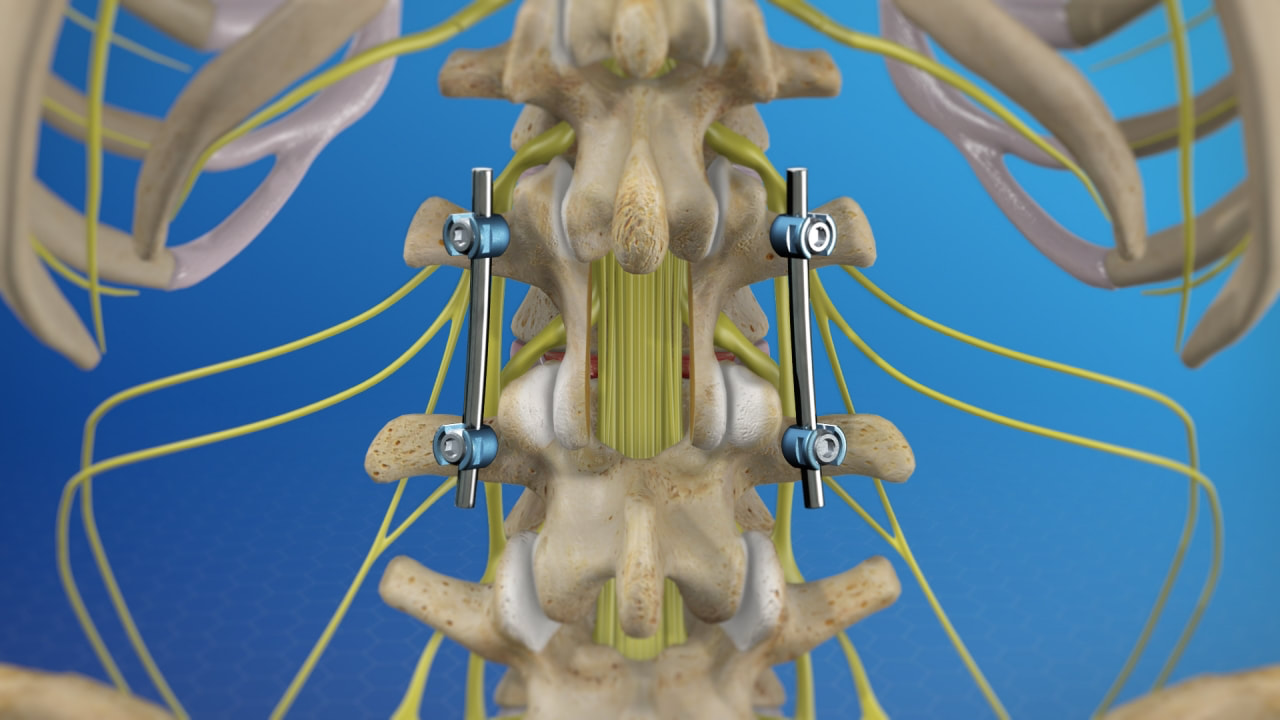Blogs

Lumbar decompression and fusion surgery is a type of spinal surgery used to treat conditions that affect the lower back (lumbar spine), which can cause chronic pain, numbness, or other neurological symptoms, often due to nerve compression. This surgical procedure involves two main components: decompression and fusion.
Lumbar Decompression
The "decompression" part of the surgery is aimed at relieving pressure on the spinal nerves. This pressure can be caused by various conditions such as herniated discs, spinal stenosis (narrowing of the spinal canal), or bone spurs. During decompression, the surgeon removes or trims the structures that are pressing on the nerve roots. This may involve removing a portion of a vertebra (a laminectomy), trimming part of a disc (a discectomy), or removing bone spurs.
Lumbar Fusion
The "fusion" part of the surgery involves joining two or more vertebrae together so that they heal into a single, solid bone. Fusion is designed to stabilize the spine and prevent movements that can cause pain or further nerve damage. During this procedure, the surgeon typically uses bone grafts (often taken from the patient's pelvic bone or from a donor) and may also use metal rods, screws, or cages to hold the vertebrae together while the bone grafts heal and fuse the vertebrae.
Indications
Lumbar decompression and fusion surgery is typically recommended when less invasive treatments (such as medication, physical therapy, or injections) have not relieved symptoms, and when imaging tests (like MRI or CT scans) show that structural issues in the spine are compressing nerve roots. Common conditions treated include:
- Degenerative disc disease: Deterioration of the discs between the vertebrae.
- Spondylolisthesis: Slipping of one vertebra over another.
- Spinal stenosis: Narrowing of spaces within the spine, putting pressure on the nerves.
Recovery
Recovery from lumbar decompression and fusion surgery can vary based on the extent of the surgery and the individual's overall health. It typically involves a stay in the hospital for several days followed by several weeks to months of physical therapy. Patients may need to avoid certain activities and adhere to specific guidelines to ensure the spine fuses properly and fully recovers.
Risks
As with any major surgery, lumbar decompression and fusion carry risks such as infection, bleeding, blood clots, nerve damage, and complications from anesthesia. Additionally, there is a risk that the vertebrae do not fuse properly, a condition known as pseudarthrosis.
It's important for patients considering this surgery to discuss the potential benefits and risks with their healthcare provider, and possibly seek a second opinion to make an informed decision about their treatment options.

